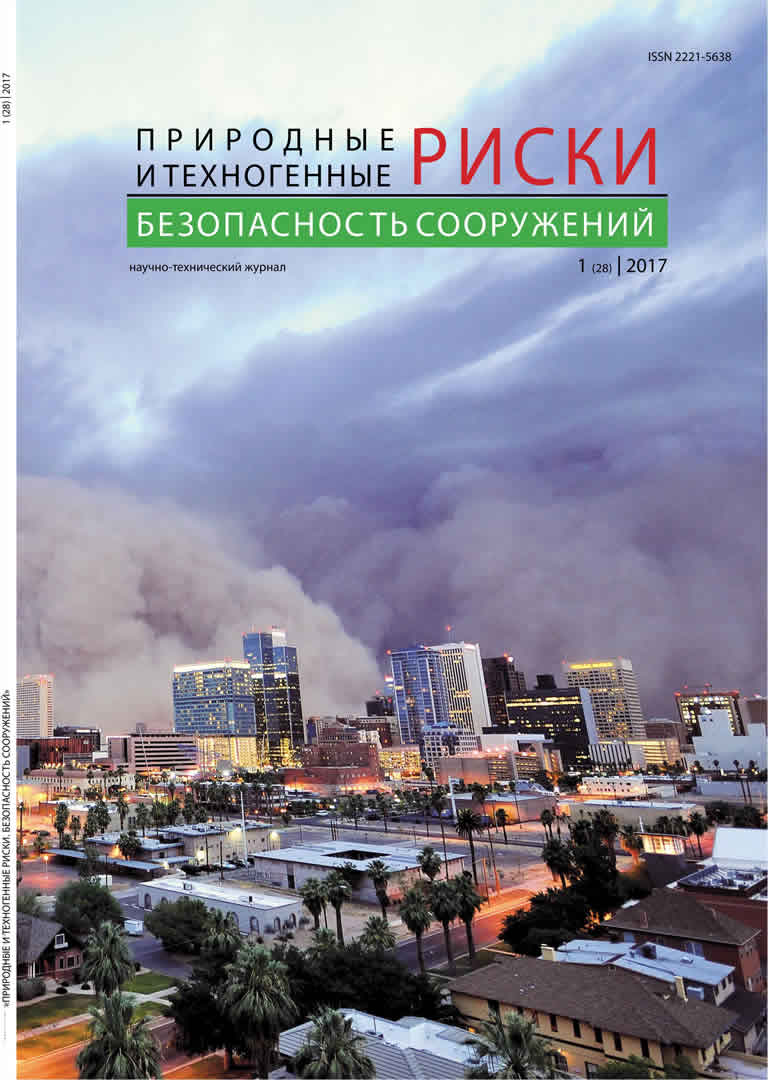Dependence of probability density function of commercial damage caused by possible earthquakes on the type of construction
Authors: Belash T.A., Ulyanickaya E.I., Shustova, A.A.
Key words: earthquakes, damage, seismic risk, probability density function, seismic resistant capacity.
The probability density functions of the expected damage for a panel residential building and a structure with a reinforced concrete frame located in A seismic prone region with the repeatability of one per 500 years for earthquakes with intensity 8 on the MSK scale and of one per 5000 years for earthquakes with intensity 9 on the MSK scale have been obtained. The influence of the structure type on the form of the probability density function has been shown.
Social losses assessment in estimating seismic risk
Authors: Максименко Д.Д., Уздин А.М.
Key words: seismic risk, human losses, structure strengthening degrees.
The estimation of seismic risk in designing a cult structure in a highly seismic region is considered. To assess seismic risk, the available statistical data and the dependence of human losses on commercial seismic risk are used. It is shown that in modern conditions the degree of strengthening buildings and structures is determined to a considerable extent by human losses.
Experimental studies. Test methods
Seismic effects that are not related to the resonance properties of the soil
Authors: Aptikaev F.F.
Key words: standing waves, nodes, antinodes, hearth, and soil conditions.
Examines the ripple effects close to the seismic sources of different nature. It is shown that the anomalous effects (sudden increase or decrease in vibration) can occur not only due to variations of physico-mechanical properties of soil but also due to the finite size of the hearth, and upon the occurrence of standing waves.
One aspect of the problem of calculating the accelerograms
Authors: Ильина Д.А., Уздин А.М.
Key words: design accelerograms, generation, construction site, construction, legal and financial liability.
Consider the use of calculated accelerograms generated under construction site under construction. It is noted that the decision of this question does not apply to the theory of seismic stability. This is a classical question in the theory of decision making subject to civil and criminal law. If the party submitting the calculated accelerograms, bears full legal and financial responsibility for submitted material, then chief project engineer (GUI) can use the data seismologists and surveyors and use of accelerograms generated under the construction site. If there is a standard design or not reliable data to generate accelerograms at the site, the ISU is forced to use design accelerograms generated for the construction. In other cases, depending on who ordered the generation of the estimated impacts, legal (including criminal) and financial liability is divided by the court between the organization, reporting accelerograms, expertise and a CPE or developer.


